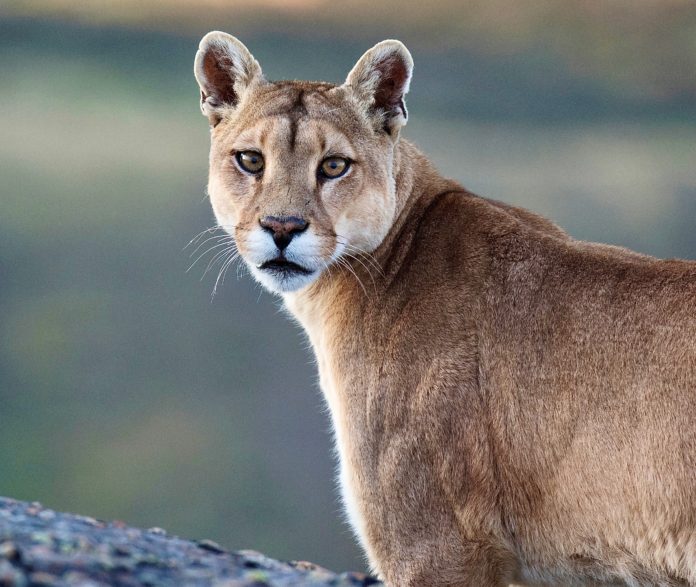You can help all animals and our planet by choosing compassion on your plate and in your glass. #GoVeg
RELATED ARTICLES
South Africa’s Big Cat Industry: A Global Trade Of Extreme Cruelty & Exploitation
South Africa is the world’s leading exporter of big cats and their body parts, with over 3,500 live animals and 34,000 body parts exported...
Victory For Dolphins! Belgium To Become 7th Country To Enact Permanent Ban On Dolphinariums
In a major victory for animal welfare, Flemish Minister for Animal Welfare, Ben Weyts, announced this week that Flanders, Belgium, will implement a permanent...
Peace 4 Animals’ Debuts Gripping Trailer To Their Latest Documentary ‘Protectors of the Wild’
We are excited to unveil the trailer for Peace 4 Animals’ upcoming documentary, Protectors of the Wild. This powerful film aims to raise critical...
Popular stories
News
Breaking! Wildlife Trafficker Abdi Hussein Ahmed Arrested In Kenya After The U.S. Puts A $1 Million Dollar Bounty On His Head
Last week, Abdi Hussein Ahmed, alias Abu Khadi, who was on the U.S. Most Wanted list for wildlife and drug trafficking, was arrested in...
Breaking News
Victory! Miami-Dade County Terminates Miami Seaquarium’s Lease & Orders Park To Vacate By April 21st
A huge victory as Miami-Dade County announces that they have issued a notice to terminate the lease of Miami Seaquarium, following a string of...
News
Victory! New Zealand Bans Live Animal Export; New Law Goes Into Effect In April Of 2023
Yesterday, the government of New Zealand signed a new bill into law that bans all live animal export beginning on April 30, 2023. This comes two...



